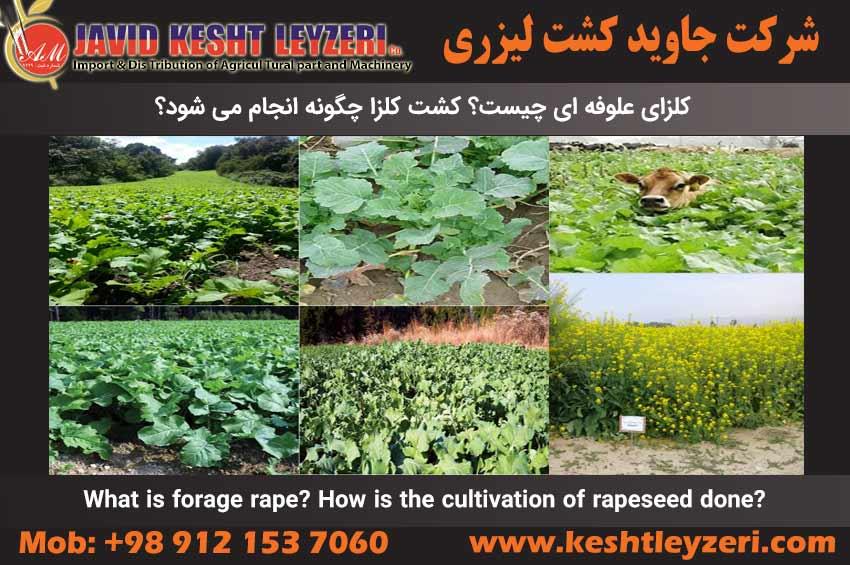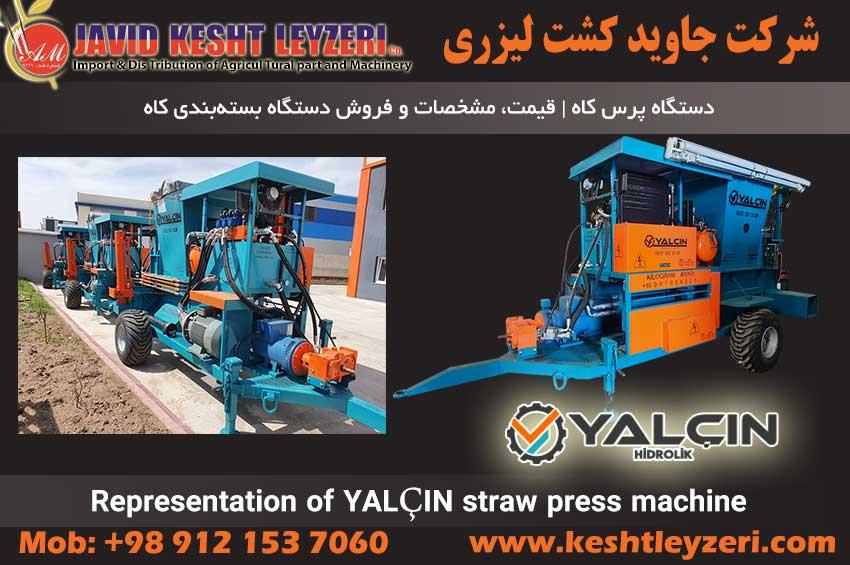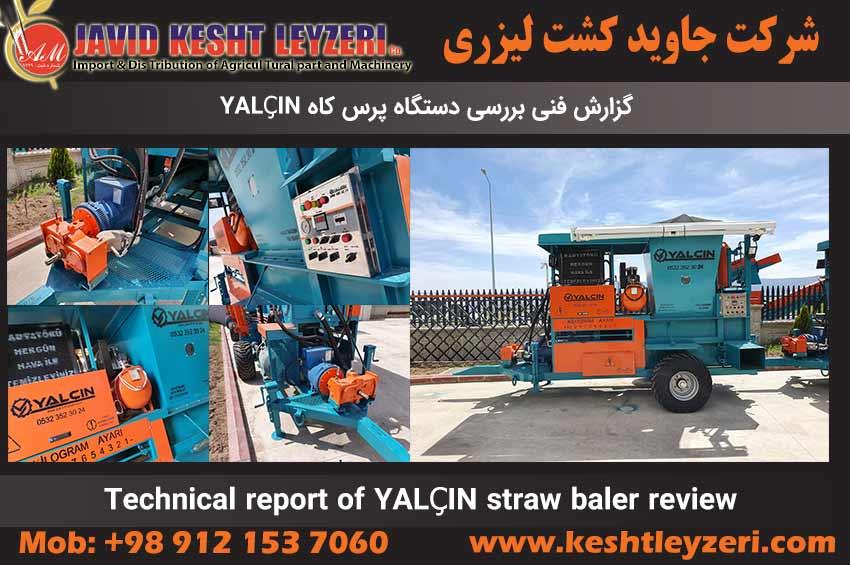
What is forage rape? How is the cultivation of rapeseed done?
javid keshtleyzeri Co.ltd
List of contents in this section:
- What is the necessity of using forage rape in livestock nutrition?
- What are the characteristics of forage rape?
- How is the cultivation of forage rape done?
- How does the establishment of forage rape take place?
- How is the harvest of forage rape carried out?
- Further discussions will be examined.
What is the necessity of using forage rape in livestock nutrition?
With the increasing population, the development of livestock farming, and the improvement of people's nutrition, the need for new food sources, especially plant-based fats and proteins, is increasingly felt. In this regard, extensive research has been initiated in rapeseed cultivation to meet the forage needs of livestock, with countries such as China, France, England, India, and Canada leading the way in its cultivation and development. In the consumption of rapeseed forage, considerations such as the timing of forage harvesting are taken into account, with the most important factor being the cutting in the early stages of the plant's flowering and its consumption by livestock. This is because after the formation of the canopy (the main site of synthesis of glucosinolates), the percentage of toxic substances in the forage increases. Rapeseed forage is considered a good source of protein in the diet of livestock, and for this reason, livestock farmers are allowed to use 50 to 60 percent of rapeseed forage in the animal feed to prevent the adverse effects of glucosinolates.
What are the characteristics of forage rape?
Forage rape, in open density, produces tall and strong stems with numerous branches, with the main stems growing up to 2 meters in height in different varieties. The leaves of rapeseed are green with a hint of blue and are devoid of fuzz. The flowers of rapeseed consist of 4 sepals, 4 petals, 6 stamens (with 2 shorter than the others), and a 2-branched pistil. The flowering of the entire plant takes place in 3 to 5 weeks. Rapeseed seeds are spherical and usually dark brown to black. The less mature the seeds, the lighter they will be.
How is the cultivation of forage rape done?
Considering the specific climatic conditions of the semi-humid to semi-arid regional climate, the best time to plant hybrid varieties such as 420 RGS and 401 Huella is in the first half of the Aban month. If irrigation conditions are available, planting can also be done in the last decade of Mehr month. The recommended seed consumption per hectare is around 6-8 kilograms, with row spacing in rapeseed cultivation ranging from 12-24 centimeters. The optimal planting depth is between 2 to 3 centimeters, with a suitable row spacing of 5 centimeters and an ideal density of 70-80 plants per square meter. Land preparation and preparing a suitable bed are essential conditions for rapeseed cultivation.
Small rapeseed seeds require a moist planting bed with suitable texture for germination and growth. Clods with a diameter above 3 centimeters in the prepared bed may hinder desirable plant growth. Rapeseed can be grown in a wide range of soils, from relatively heavy clay soils to light sandy soils. The most suitable pH for rapeseed growth is around 6.5, as within this pH range, all nutrients are easily accessible to the plant.
How does the establishment of forage rape take place?
Water scarcity adversely affects the performance of rapeseed. Delay in the second irrigation leads to a delay in initial growth and prevents rapeseed from reaching the appropriate stage and reduces its resistance to cold. The most sensitive time for irrigation is during the flowering stage and early podding, and water scarcity at this stage results in a reduction in the number of pods and seed setting, as well as the small size of seeds and a decrease in the percentage of seed oil. In most regions, 2 to 3 irrigation sessions in the fall and 3 to 4 irrigation sessions in the spring (during stem elongation, flowering, podding, and seed filling stages) are necessary. The timing of the last irrigation in rapeseed farming is significantly important, and it is recommended to perform the last irrigation when 20 percent of the main stem capsules are mature.
The amount of chemical fertilizers required is determined based on soil tests. In the absence of laboratory facilities, a general recommendation for each hectare includes 75-100 kilograms of triple superphosphate, 100-150 kilograms of urea, 10-20 tons of well-rotted organic fertilizer, and 250 kilograms of sulfur.
How is the harvest of forage rape carried out?
The timing of rapeseed harvest for forage is crucial; early harvest, due to high moisture, reduces the quality of the product, while late harvest poses challenges in silage due to reduced plant moisture. The best time to harvest rapeseed for silage is when the plant is in full bloom and has more than 20 percent of capsules. At this stage, harvesting is done from the 5-10 centimeters below the soil surface and then transported for further processing. In case of low silage moisture, using a grain header helps improve silage quality.






